Window boxes are a charming way to add color and life to your home’s exterior and improve its curb appeal. Whether you’re a seasoned gardener or a beginner, window boxes offer a manageable way to flex your green thumb. This guide will walk you through creating and maintaining beautiful window boxes that complement your home’s architecture and personal style.
Choose the Right Type of Window Box
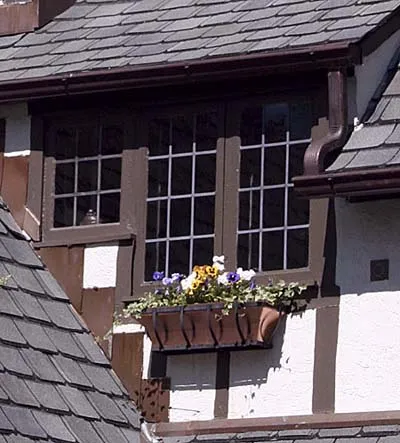
The right window box can improve your home’s appearance, while a mismatched one can detract from its charm. Consider a wood box for traditional homes, copper for a timeless look, or modern composites for a more contemporary design.
In addition to visual appeal, materials can influence the lifespan of your window box and how much maintenance it requires. Wooden boxes offer a natural look but typically require more upkeep, while composite materials last longer and don’t require much care.
Match the Width of Your Window
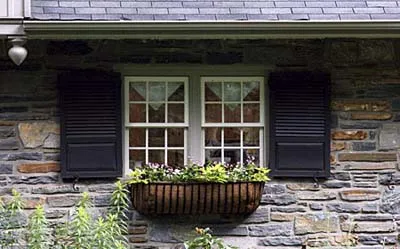
To maximize the impact of your window box, select one that spans the entire width of the window area. This creates a cohesive look and provides ample space for plants to thrive.
For a polished appearance, use a snug-fitting liner made of coconut fiber (coir) or sphagnum moss. These natural materials look neat and offer the following benefits:
- Insulate plant roots from extreme temperature
- Prevent soil from seeping out of drainage holes
- Provide a biodegradable option
- Retain moisture, reducing the watering frequency
Additionally, consider using self-watering inserts to make sure the plants in your window box receive consistent moisture. These inserts are especially useful during hot and dry seasons.
Add Filler Plants to a Narrow Box
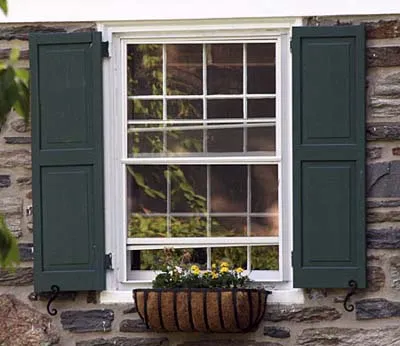
If you end up with a box that’s slightly too narrow for your window, add trailing plants, such as variegated vines or cascading petunias, to your arrangement. These plants will grow outward, softening the rigid lines of the box and filling any gaps.
When selecting plants to compensate for a narrow box, consider the following factors:
- Color contrast: Use plants with variegated leaves to add visual interest.
- Growth rate: Choose fast-growing varieties for quicker coverage.
- Texture: Mix plants with different leaf shapes for a dynamic look.
Additionally, choosing colorful foliage and blooms that complement your home’s color scheme can help draw attention away from any window box size discrepancies. If your exterior has cool tones, opt for plants with blue or purple flowers. Conversely, warm-toned homes can benefit from red and orange flowers.
Install Proper Window Box Supports

When mounting your window box, consider its full weight, including any mature plants and saturated soil in the box. If you need additional support, consider installing sturdy, rust-resistant brackets. This hardware can increase the longevity of your window box, especially in areas with high humidity or frequent rain.
When installing support for your window box, keep these tips in mind:
- Check that the brackets are securely fastened to solid structural elements of your home.
- Consider adjustable brackets for easier seasonal removal or maintenance.
- Space brackets evenly for balanced support.
- Use brackets rated for the maximum potential weight of your filled box.
Set a Watering Schedule for Your Window Box
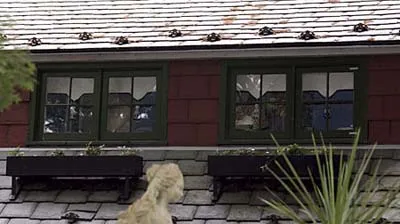
When planting your window box, consider starting with young annuals. These smaller plants, typically sold in nursery six-packs, adapt more readily to their new environment than mature plants. To achieve a lush, full look, plant them close together. This technique, known as intensive planting, creates a stunning display more quickly.
Additionally, check the soil moisture daily, especially during hot or windy weather. Water whenever the top inch of soil feels dry to the touch. For optimal growth and blooming, follow these care tips:
- Deadhead spent blooms to encourage continuous flowering.
- Fertilize regularly with a balanced, water-soluble fertilizer.
- Trim back overgrown plants to maintain their shape.
- Use a well-draining potting mix designed for containers.
If you find it challenging to keep up with watering during peak growing season, consider an automatic watering system. You can program this device to water your plants at specific times and confirm that they receive consistent moisture without checking them daily.
Layered Plant in Window Boxes
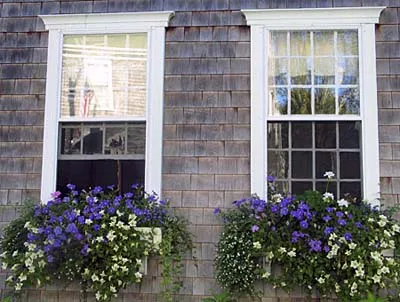
You can create depth and visual interest in your window box by layering plants and flowers. This technique involves strategically placing plants based on their growth habits and heights. Start by positioning trailing varieties near the front and side edges of the box. These plants will cascade down, softening the box’s lines and adding vertical interest. Place well-rounded, mounding plants in the middle of the box to fill out the center, and add taller, upright plants at the back for height and structure.
To create a sun-loving display, consider this combination of plants and flowers:
- Front: Snow-white sutera, trailing white petunias, and calibrachoa ‘Million Bells Trailing Blue’
- Middle: Periwinkle-blue ageratum and lavender-flowered verbena
- Back: Classic white and pink geraniums
- Accent: Variegated vinca vine for an additional trailing effect
Consider a Single Type of Flower
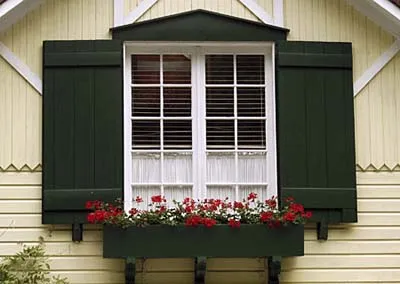
A window box filled with a single type of plant, such as crimson geraniums, can create a striking, elegant look. These hardy plants thrive in full sun and have the following benefits:
- Drought resistance
- Easy maintenance
- Heat tolerance
- Long blooming period
Mount Your Box at Eye Level
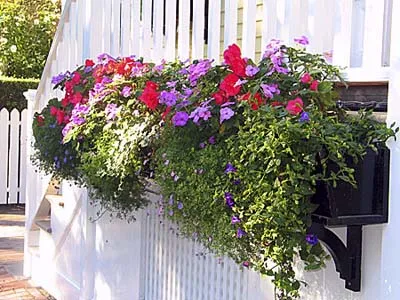
A long planter window box mounted at eye level, such as on a deck railing, allows you to appreciate your plants’ beauty up close. This placement is effective for shade-loving plants that you might otherwise overlook. Consider using reflective materials or lighter colors for the box itself, which can help increase light exposure to shade-tolerant plants and enhance their growth and vibrancy.
For a shade-tolerant window box mix, consider the following plants and flowers:
- Mini asters
- Pink-eyed impatiens
- Scarlet begonias
- Variegated trailing ivy
- Violet torenia hybrids
These plants and flowers thrive in lower light conditions and are ideal for boxes on north-facing windows or in shaded areas.
Add Color To Shaded Areas
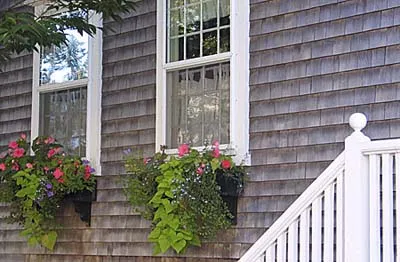
With the right plant selection, you can bring color and life to even the darkest corners of your window box.
Consider these shade-friendly plants for your window box:
- Chartreuse sweet potato vine
- Lavender verbena
- Light-blue lobelia
- Salmon-colored tuberous begonias
Create a Timeless Exterior with Window Boxes
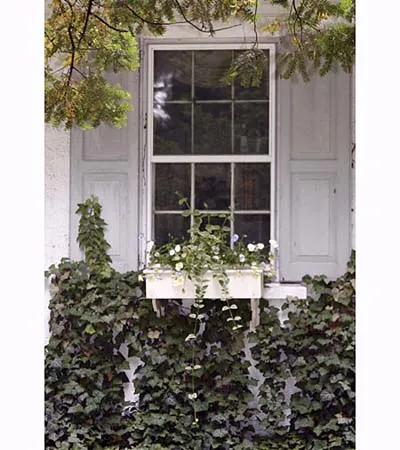
For homes with classic gray shutters or a neutral palette, a window box filled with plants in various shades of green and white can create a sophisticated, timeless look.
Consider this combination of plants for a more elegant aesthetic:
- Ancient ivy
- Pale violas
- Variegated vinca vine
Our Conclusion
By considering your home’s architecture, choosing the right plants, and following proper care techniques, you can create a stunning window box display. Whether you opt for bold colors or subtle elegance, your window box will add more personality to your home and improve its curb appeal.
